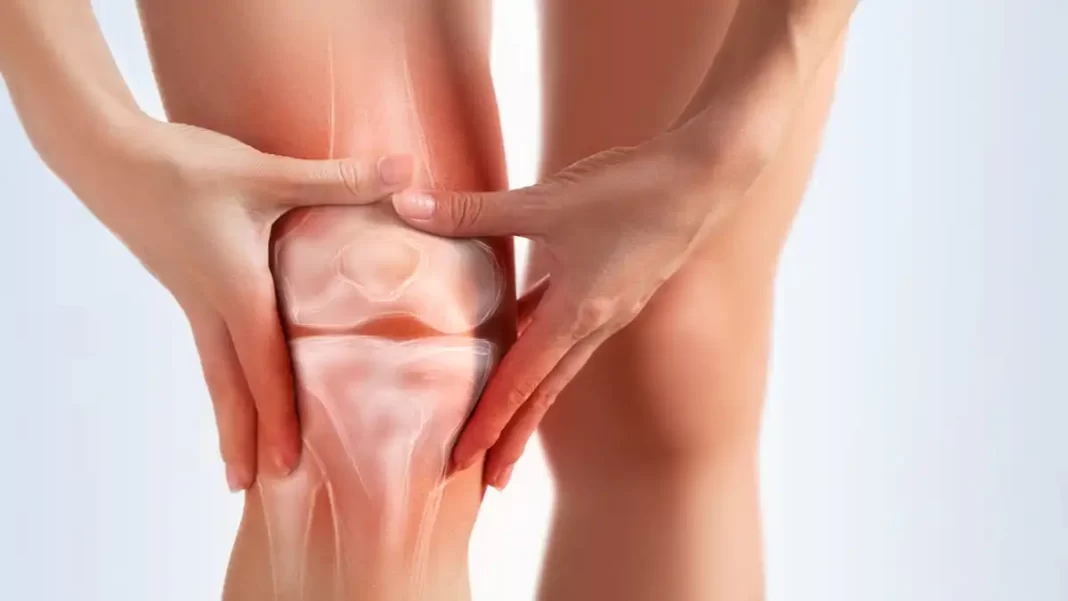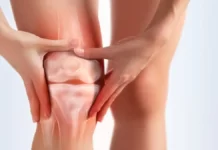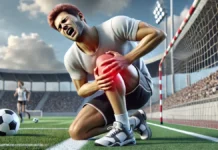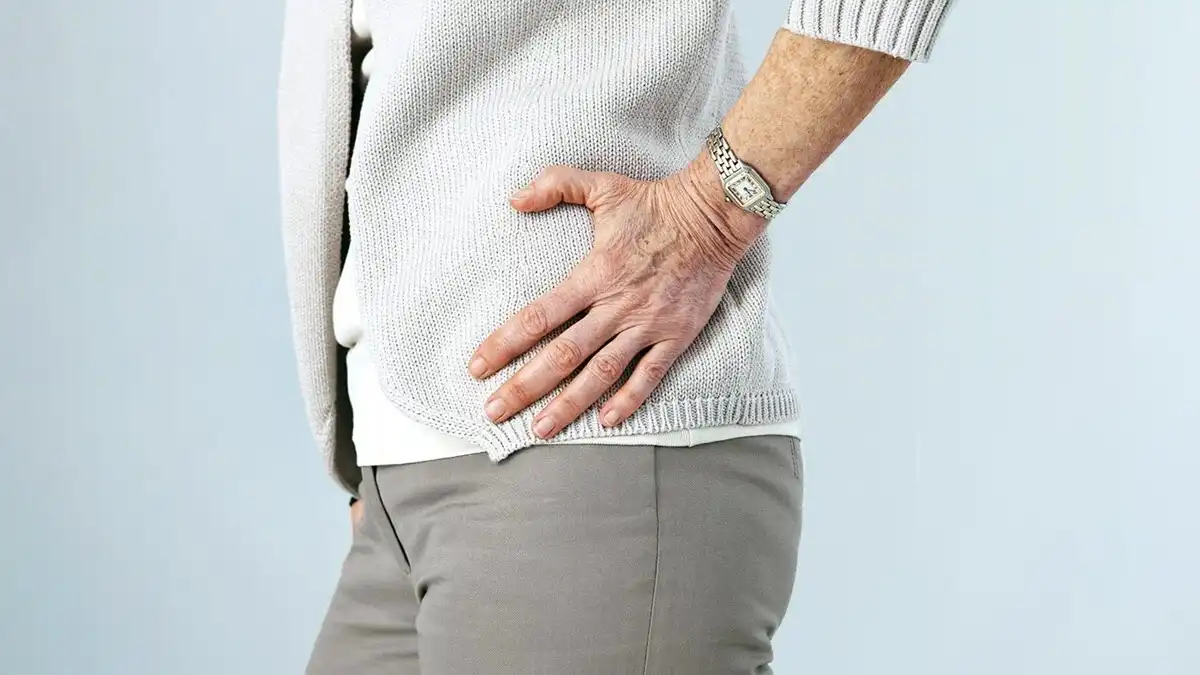Prepatellar bursitis is an inflammation of the bursa in front of the knee. It is marked by swelling, which may be tender to touch and usually does not limit the range of motion of the knee. It can be extremely painful and disabling as long as the underlying condition persists.
Bursae are sacs located between the skin and a bony prominence or between tendons, ligaments and bones. The bursae are lined with synovial tissue, which produces a small amount of fluid to reduce friction between adjacent structures. Chronic pressure or friction (overuse) results in thickening of the synovial membrane and excessive fluid formation, causing localized swelling and pain.
The prepatellar bursa is located on the anterior aspect of the knee between the skin and the patella. This bursa can become inflamed (bursitis) or infected (septic bursitis) as a result of trauma to the anterior aspect of the knee, such as a direct blow, or chronic irritation from activities that require prolonged kneeling, such as wrestling or carpeting. Bacterial infections usually result from direct intrusion. Staphylococcus aureus and Streptococcus are the most common infectious organisms.
There are four bursas in the knee,
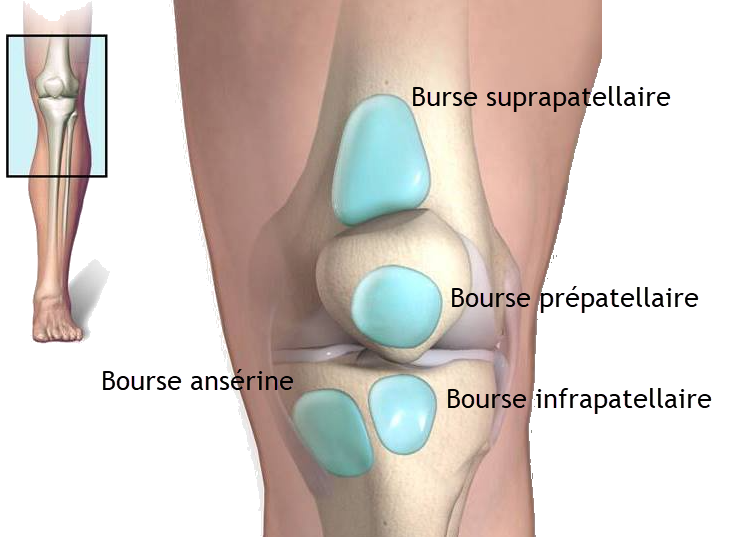
- Prepatellar (located above the patella).
- Suprapatellar (located above the knee, between the femur and the quadriceps tendon)
- Infrapatellar (located just below the patella and below the tendon that attaches the thigh muscle to the patella)
- Anserine (located lower inside the knee).
Cause
- Direct trauma / blow to the anterior knee
- Frequent falls on the knee
- Constant friction between the skin and the kneecap (Yu-Chih H, et al) may be the cause of this condition.
- On impact, damaged blood vessels in the knee cause inflammation and swelling of the bursa.
- In fact, bacterial seeding of the bursa sac caused by a hematoma is rare, due to the limited vascular supply of the bursa tissue.
- Infection:
- Usually, with prepatellar septic bursitis, there is a break in the skin near the bursa, which results in swelling and pain around that area.
- This happens when a bacteria (eg S. Aureus, 80% of cases) has passed through soft tissue from a break in the skin and begins to multiply in the bursa. (Mcafee J.H. et al.)
- When a bursa is infected, it can likely cause pain, fever, tenderness, and a high number of white blood cells.
Symptoms
- Pain with activity, but usually not at night
- Rapid swelling in the front of the kneecap
- Tenderness and warmth to the touch
- Bursitis caused by infection can produce fluid and redness, as well as fever and chills
Prevention
- Wear knee pads. If you work on your knees or play sports that put your knees at risk, use padding to cushion and protect your knees.
- Take breaks. If you’re on your knees for a while, take regular breaks to stretch your legs and rest your knees.
- Avoid excessive squats. Excessive or repetitive bending of your knees increases the force on your knee joints.
- Achieve and maintain a healthy weight. It can help relieve your knee joint.
- Follow a regular schedule of flexibility and strengthening exercises, especially for the muscles of the knees and legs, to maintain good physical conditioning, even in the off-season.
- Always warm up before starting any sport or strenuous physical activity.
- Gradually increase any sport activity, rather than suddenly increasing the amount or intensity of the activity.
Reference
- Yu-Chih H, et al. Endoscopic treatment of prepatellar bursitis. Int Orthop 2011; 35(3): 355–358. (2)
- Mcafee J.H. et al.. Olecranon and prepatellar bursitis: diagnosis and treatment. West Journal Medecine, 1988; 149: 607-610.

